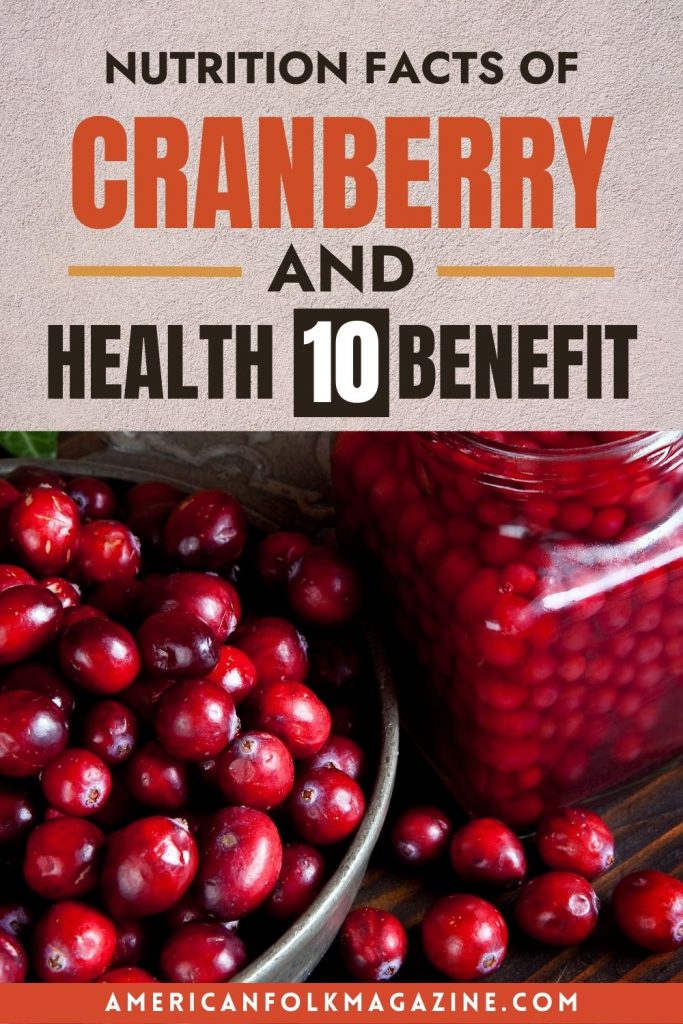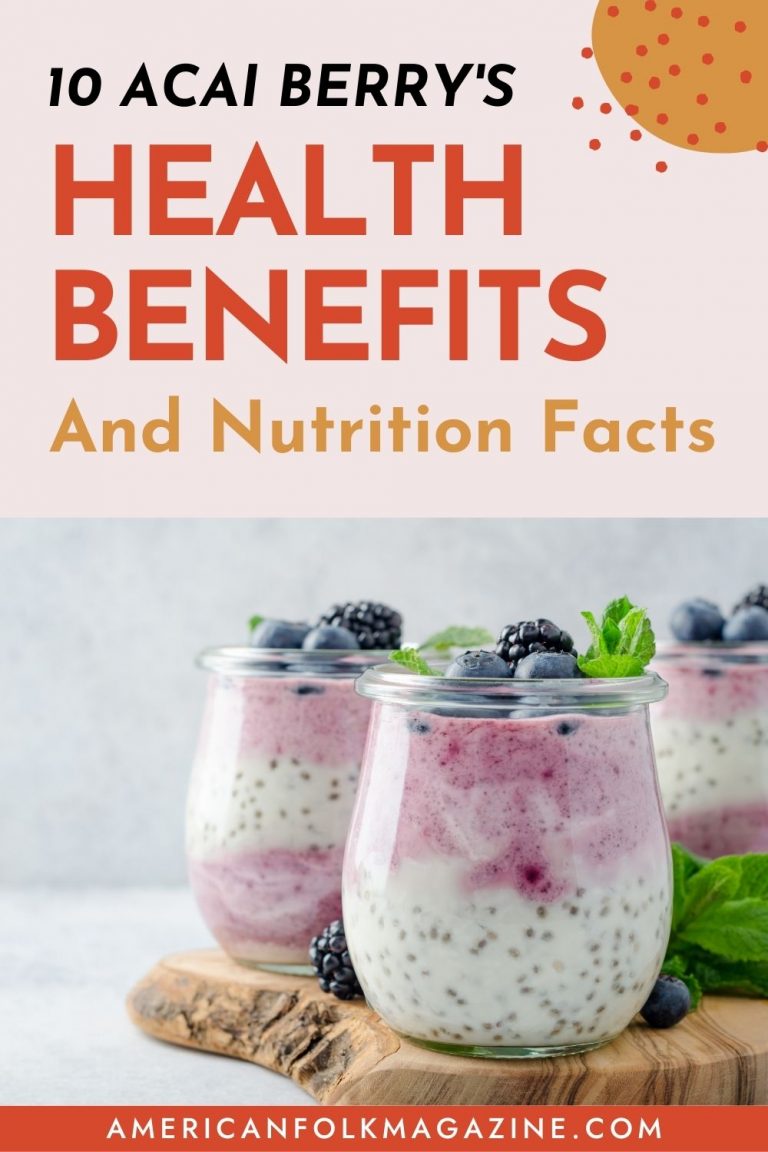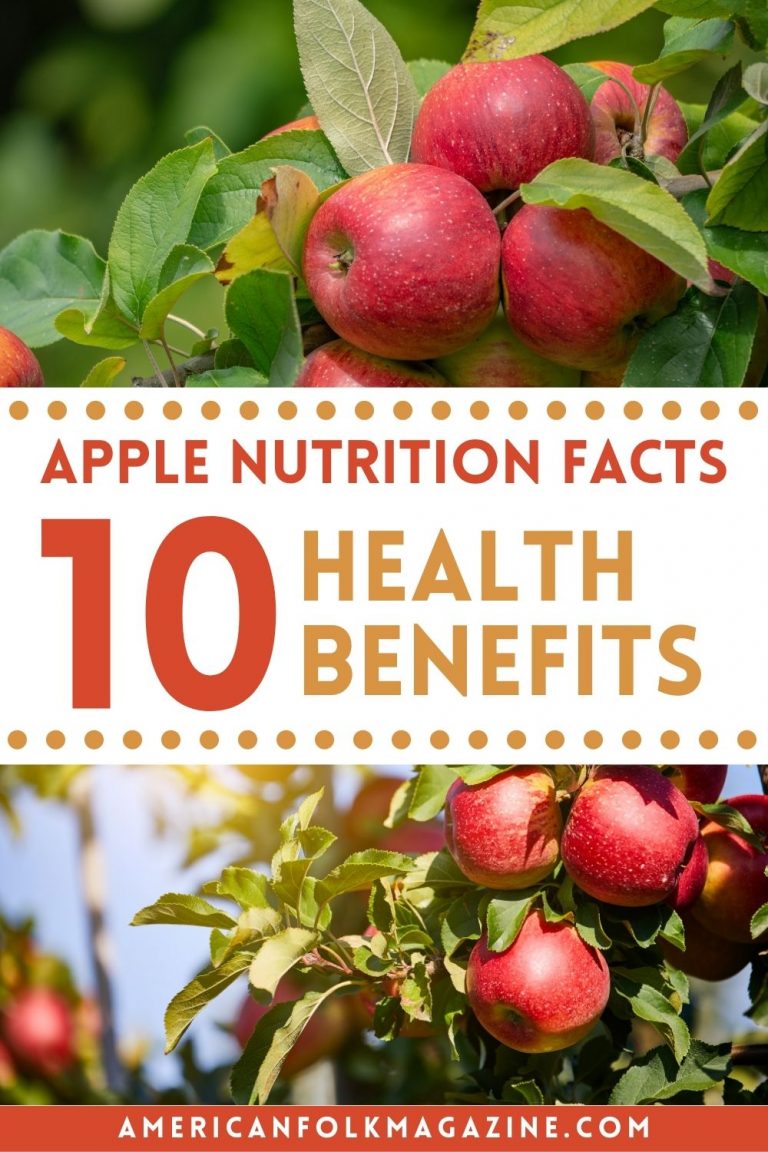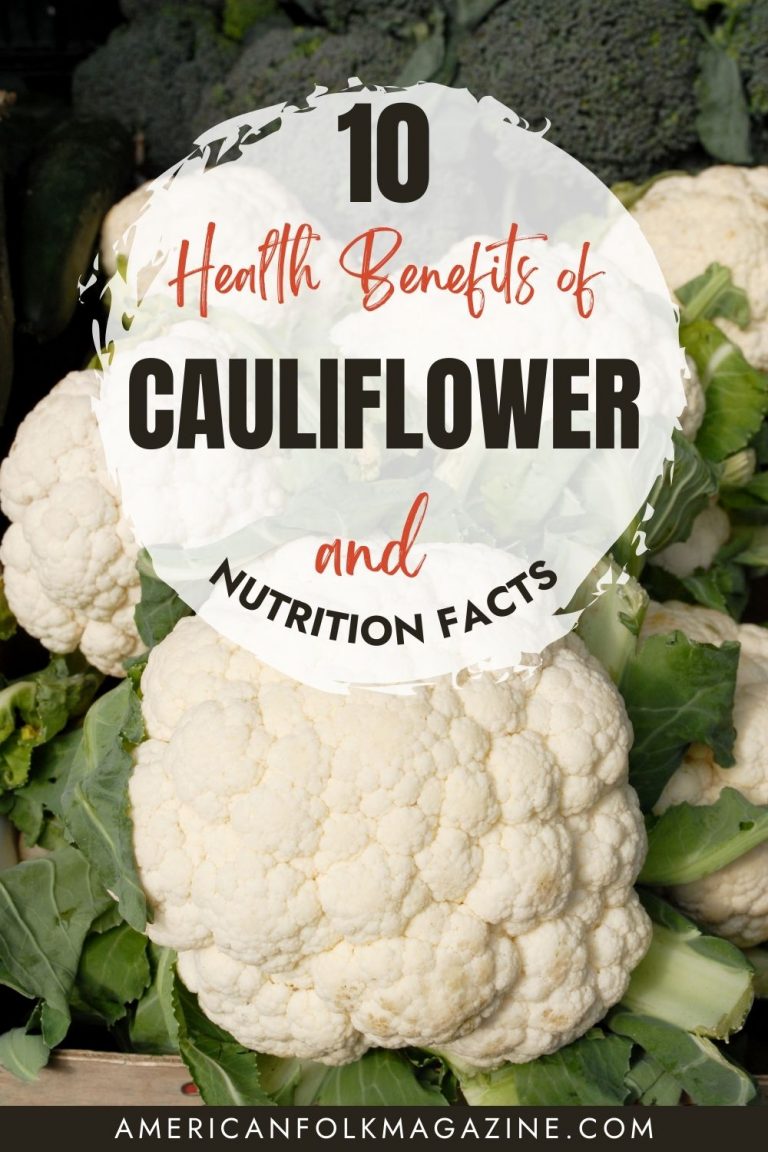Cranberries have been enjoyed for centuries and are known for their unique tart flavor. These vibrant red berries have gained popularity not only for their taste but also for their numerous health benefits.
In this article, we will explore the nutritional profile of cranberries, delve into their many health benefits, compare fresh and dried cranberries, discuss how to incorporate them into your diet and highlight any potential risks or precautions.
Nutritional Profile of Cranberries
Cranberries are low in calories and fat, making them a guilt-free snack option. They are also a good source of fiber, with one cup providing about 4 grams. Additionally, cranberries are packed with vitamins and minerals, including vitamin C, vitamin E, vitamin K, and manganese. These nutrients contribute to the overall health benefits of cranberries.
Here’s a basic nutritional profile for cranberries, specifically for a 1-cup serving of raw cranberries. Please note that nutritional values can vary based on the specific variety and ripeness of the cranberries.
| Nutrient | Amount |
|---|---|
| Calories | 46 kcal |
| Protein | 0.4 g |
| Total Fat | 0.1 g |
| Carbohydrates | 12.2 g |
| Sugars | 4.0 g |
| Dietary Fiber | 4.6 g |
| Vitamin C | 13.3 mg |
| Vitamin E | 1.2 mg |
| Vitamin K | 5.1 µg |
| Calcium | 8 mg |
| Iron | 0.2 mg |
| Magnesium | 6 mg |
| Phosphorus | 13 mg |
| Potassium | 88 mg |
| Sodium | 2 mg |
| Zinc | 0.1 mg |
Health Benefits of Cranberries
1. Antioxidant Properties
Cranberries are rich in antioxidants, which help protect the body against free radicals and oxidative stress.
The high levels of antioxidants in cranberries have been linked to a reduced risk of chronic diseases, such as heart disease and cancer.
2. Cardiovascular Health
Research suggests that cranberries may have a positive impact on cardiovascular health. The antioxidants in cranberries help reduce inflammation and improve blood circulation, which can lower the risk of heart disease and stroke.
3. Digestive Health
Cranberries contain a type of fiber called pectin, which acts as a prebiotic and promotes the growth of beneficial gut bacteria.
This can improve digestion and prevent digestive issues such as constipation.
4. Immune Boosting
The vitamin C content in cranberries helps support a healthy immune system. Regular consumption of cranberries may help reduce the frequency and severity of common illnesses, such as colds and flu.
5. Anti-Cancer Properties
Some studies have shown that cranberries may have anti-cancer properties. The antioxidants in cranberries help inhibit the growth of cancer cells and reduce the risk of certain types of cancer, including breast, colon, and prostate cancer.
6. Skin Health
Cranberries are a great source of antioxidants, which can help protect the skin from damage caused by free radicals.
Regular consumption of cranberries may contribute to healthier skin and a reduced risk of skin-related issues, such as wrinkles and age spots.
7. Oral Health
Cranberries contain compounds that can help prevent bacteria from sticking to the teeth and gums, reducing the risk of dental issues such as cavities and gum disease.
Incorporating cranberries into your diet may contribute to better oral health.
8. Anti-Aging Properties
The antioxidants in cranberries have anti-aging properties and can help slow down the aging process. Regular consumption of cranberries may help reduce the appearance of fine lines and wrinkles, giving you a more youthful appearance.
9. Weight Management
Cranberries are low in calories and high in fiber, making them a great addition to a weight management plan. The fiber content in cranberries helps you feel fuller for longer, reducing the likelihood of overeating.
10. Other Potential Benefits
In addition to the mentioned benefits, cranberries have been associated with improved urinary tract health, reduced risk of kidney stones, and enhanced brain function.
However, more research is needed to fully understand these potential benefits.
Comparison: Fresh vs Dried Cranberries
Fresh cranberries and dried cranberries have some nutritional differences. Fresh cranberries have a higher water content, while dried cranberries are more concentrated in calories and sugar. However, both forms still provide the same health benefits, such as antioxidants and fiber.
How to Incorporate Cranberries into Your Diet
Cranberries can be enjoyed in various forms, including fresh, dried, and as juice. Fresh cranberries can be added to salads, sauces, or baked goods.
Dried cranberries make a tasty addition to trail mixes or can be sprinkled over yogurt. Cranberry juice can be consumed on its own or used as a base for smoothies. Get creative and experiment with different recipes to include cranberries in your diet.
Risks and Precautions
While cranberries are generally safe for most people, some individuals may experience allergic reactions or digestive issues. It is important to consume cranberries in moderation and consult with a healthcare professional if you have any concerns or pre-existing conditions that may be affected by cranberries.
Conclusion
In conclusion, cranberries are not only delicious but also offer a wide range of health benefits. From their antioxidant properties to their potential anti-cancer effects, cranberries are a valuable addition to a balanced diet.
Whether you enjoy them fresh, dried, or as juice, incorporating cranberries into your meals and snacks can contribute to your overall well-being. So, why not start including cranberries in your diet and reap the benefits they have to offer?
References:
- Cranberries 101: Nutrition Facts and Health Benefits (healthline.com)
- Cranberries: Benefits, nutrition, and risks (medicalnewstoday.com)
- Cranberries 101: Nutrition, Benefits, Side Effects, and More (everydayhealth.com)
- 10 Health Benefits of Adding Cranberries to Your Diet (emedihealth.com)
- Are Cranberries Healthy? 6 Surprising Benefits – Cleveland Clinic
Pin It In Your Board











